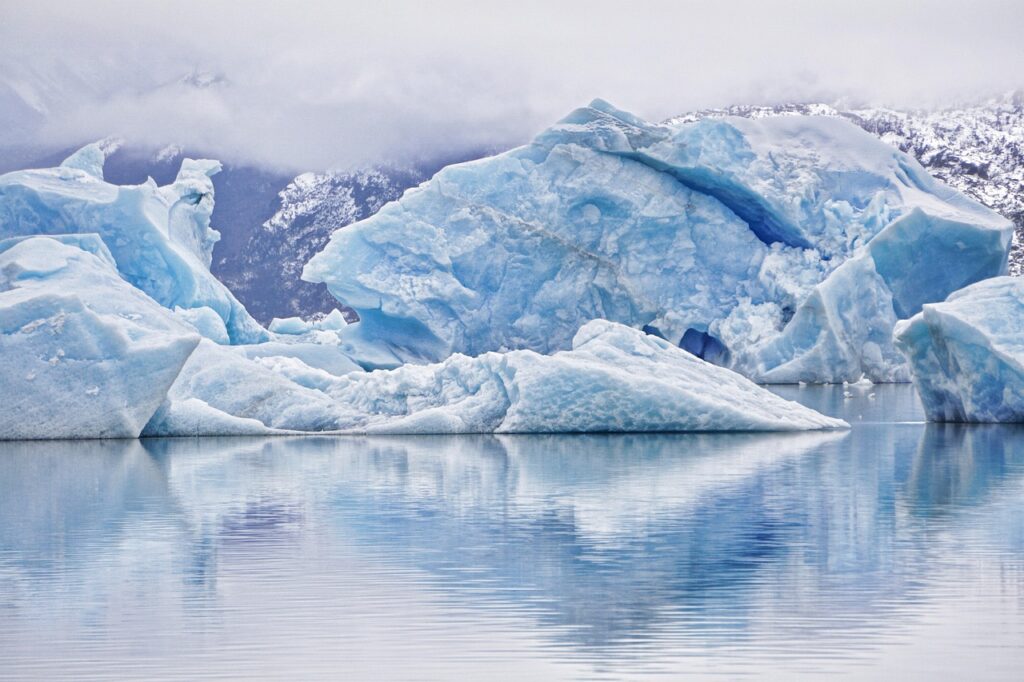
Standing in the windswept landscapes of Patagonia, it hits you. The sheer beauty can be overwhelming. I remember my first solo camping trip there. The mountains towered above, glaciers sparkled in the sunlight, and all I could hear was the faint whisper of the wind. But here’s the thing: as breathtaking as it is, you need to be prepared. Solo camping in Patagonia can be an incredible experience, but it comes with its risks. That’s why knowing safety tips is crucial. Let’s break it down.
Understanding the Terrain
Patagonia is vast and varied. From breathtaking peaks to expansive valleys, each area has its unique challenges. You can’t assume that just because a trail looks easy, it’ll stay that way. For instance, the weather can change quickly. One moment it’s sunny, and the next, it’s pouring rain or even snowing. Before you set out, get familiar with the area and terrain.
Research Before You Go
Take some time to look up the specific places you want to visit. Websites like AllTrails can give you trails, their difficulty levels, and reviews from other hikers. Carry a detailed map in case your phone loses service. The last thing you want is to get lost in the wilderness.
Pack Smart
What you bring can make or break your trip. You don’t need to over-pack, but there are some essentials that you simply cannot skip. Here are some must-haves:
Essential Gear
- Tent: Go for a lightweight, weather-resistant tent.
- Sleeping Bag: Choose one rated for the temperatures you’ll encounter.
- First Aid Kit: Make sure it’s stocked with essentials.
- Food and Water: Pack enough non-perishable food and a reliable water filter.
- Navigation Tools: A compass and map, even if you have a phone.
Don’t forget about your clothing. Layering is key. Dress in moisture-wicking fabrics and always carry an extra layer for warmth.
Stay Aware of Wildlife
Patagonia is home to some unique wildlife. While encounters can be thrilling, they can also be dangerous. Bears and pumas exist in some regions, so know what to do if you spot one. Always make noise while hiking; loud footsteps often scare away wildlife.
Food Storage
Store food securely. Use bear-proof containers or hang your food high in trees. This might sound tedious, but it’s crucial. You don’t want unwelcome animal visitors while you sleep.
Weather Preparedness
You can’t stress enough how unpredictable Patagonia’s weather can be. Here’s an example: while hiking, it might be clear skies, and suddenly you’re caught in a hailstorm. Check the forecast regularly and be flexible in your plans.
Getting Appropriate Gear
Your clothing and gear should be weather-appropriate. It’s best to invest in quality rain gear. A simple poncho can save you from getting soaked.
Traveling Alone: Tips for Solo Safety
Being solo has its perks, but it demands a bit more caution. Keep these tips in mind.
Let Someone Know Your Plans
Before you head out, inform a friend or family member about your itinerary. Specify your expected return time. This way, if something goes wrong and you don’t return, someone will know where to start looking.
Stay in Touch
Consider a satellite phone or a GPS messenger. While you might hike in remote areas, staying connected is essential for safety.
Trust Your Instincts
If something feels off, listen to that gut feeling. Whether it’s the weather or a trail you’re uncertain about, it’s okay to change your plans. Your safety should always come first.
Practice Leave No Trace Principles
This one might seem simple, but it’s vital. Respect the environment. Don’t leave behind trash, and stick to designated trails. This helps preserve Patagonia’s natural beauty for everyone.
Leave It As You Found It
Pack out everything you bring in. This not only keeps the area clean, but it also ensures wildlife doesn’t get attracted to human waste.
Wrap Up Your Adventure
After your trip, reflect on what you learned. Each adventure teaches you something new. What worked? What didn’t? Keeping a journal can help when you plan your next outing.
Final Thoughts
Solo camping in Patagonia can be one of the most freeing experiences of your life. But it’s essential to prioritize your safety. Know your terrain, pack smart, and respect the environment. With the right mindset and preparation, you can create unforgettable memories while staying safe. Happy camping!
Related: Check out this guide on [hiking in Chile’s National Parks](https://example.com) for more safety tips and insights.
**Related Reading:** – [Related: How to Plan a Solo Trip on a Budget] – [Related: Top Destinations for First-Time Solo Travelers] **#SoloTravel #Solo #Camping #Patagonia #Essential #Safety #Tips #Adventure #Chile**